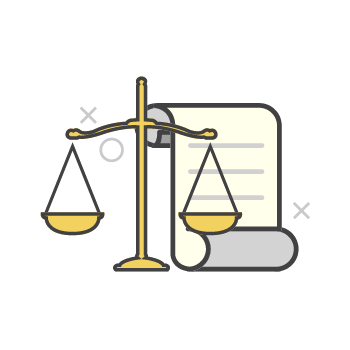How to Get Rid of Debt: Check Out Our Six Debt Demolition Tips
by Lou-Ann Jordan Feb 7, 2022

Here in the Caribbean, there has been a change in how we use money. With an increasing number of people having acquired credit cards within the last decade, we seem to rely more on ‘plastic’. Of course, there are significant benefits, whether shopping online or in person. For one, it is extremely convenient. Still, there are downsides. A major disadvantage, for some, has been debt accumulation.
Many may have come into the new year with a credit card and other types of financial debt. While the intention may be to deal with it, just thinking about where to start may leave us exhausted. Dealing with debt is stressful and can be incredibly overwhelming. The gap between money earned and money owed can leave you feeling frustrated, afraid, or ashamed.
Often, it can feel as though the problems cannot be resolved; debt management is possible. You can get out of debt. To be debt-free requires a plan and a resolution to stick to it. Also, the beginning of a new year is a perfect time to approach your finances and debt with a fresh, positive outlook.
A common and effective way of resolving the issue of debt is debt consolidation, whereby you make a single payment. However, before you take a personal loan or use your credit card, we want you to know you have other options.
Get ready, as we’re going to share a few useful tips on how to work on ridding yourself of debt. We know every situation is different, and so with these six tips, we hope you can find a workable solution to manage and ultimately demolish your debt.
Six tips for getting rid of debt:
Make a Debt List – Did you cringe? Don’t; it is vital to know the exact amounts owed and to whom. Due dates should also be noted. So, take a deep breath and create the list, listing all debts in order of priority.
Create a Budget – This may seem an overwhelming task, but it is necessary. To begin repaying, you must know how much you can allocate to your debts.
Revise Spending Habits – Now, this calls for an honest assessment. Cutting back on luxuries will help you free up some cash. A suggestion is to make packed lunches. It may mean getting out of bed a little earlier to prep, but in the long run, it will be worth it.
Snowball Your Debts – Debt snowball is a strategy usually employed to pay off credit card debt. However, the principles are applicable to other types of debt. Using the debt list created, begin making payments to the smallest balance first while making minimum payments on the others.
When that balance is paid off, put its payments toward the next lowest figure owed. Add this new amount to the minimum sum you were paying. The process is repeated until the balances are paid off. You will notice more of your funds are freed up as the ‘snow ball’ grows, knocking off each debt.
Avalanche Your Debts – Here is an alternative to snowballing. It’s the same principle with one difference. List your debt in order of interest rates, not balances. Begin making payments on the debt with the highest interest rate first, while paying the minimum on the others. Once that has been repaid in full, put the money toward the debt with the next highest interest rate.
Start Saving – It may seem impossible now, but it is not. Begin small and increase as you begin to clear your debts. The goal is to create an emergency fund for when something unexpected happens. Once you’re free of debt, save 10%–20% of your income. At present, those percentages may seem like a joke, so begin with an amount that you can maintain each month. As the saying goes, “One, one dutty build dam.”
There we go. Combine or choose from any of the six listed above to get started. You can annihilate your debt, only stay optimistic and stick to your plan.
You can consult a financial advisor for further assistance with your financial planning and management. Search your Find Yello listing for financial advisors and make an appointment.
Sources: Forbes and MoneyAware.








